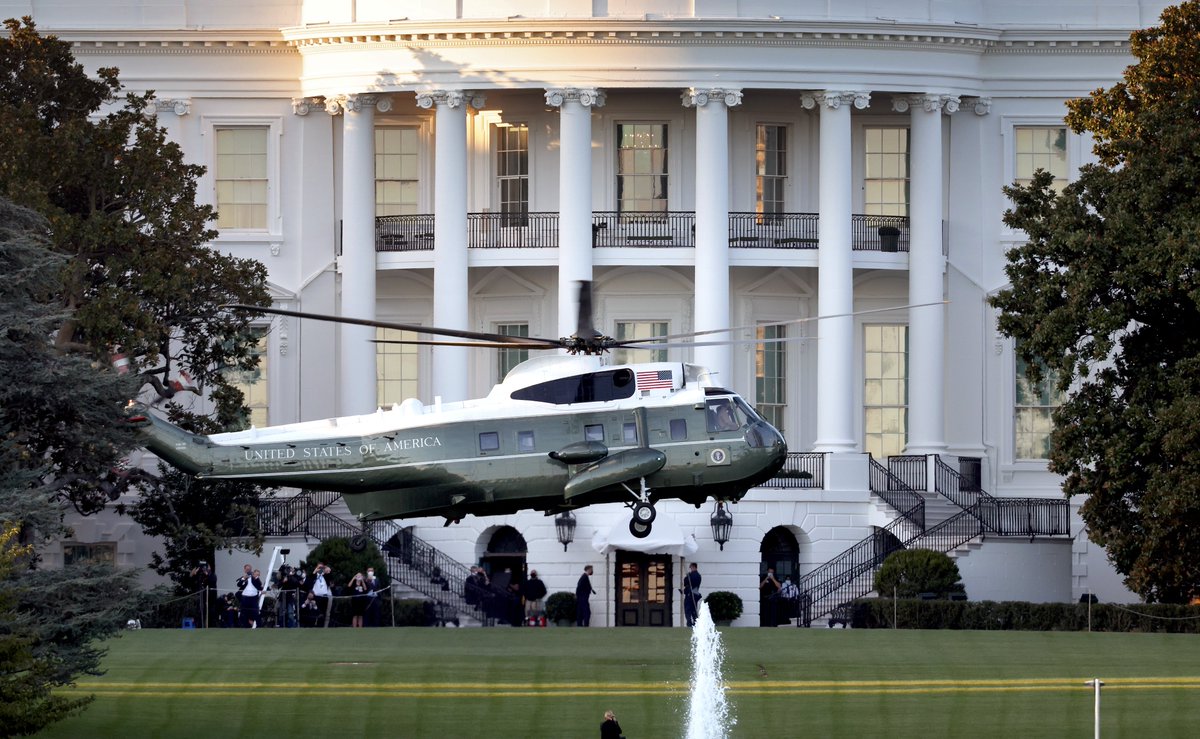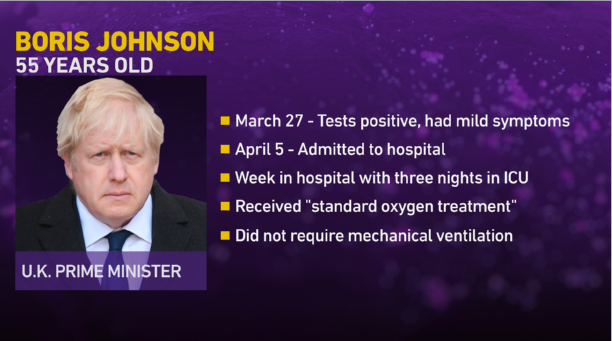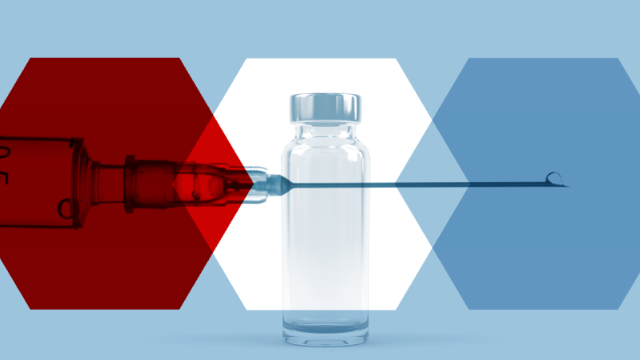
DAY #4 President Trump hospitalization. There's still a number of unanswered questions about the president's health. Here's what Trump's doctors have told us so far. (1/20)
cnn.com/2020/10/03/pol…
cnn.com/2020/10/03/pol…
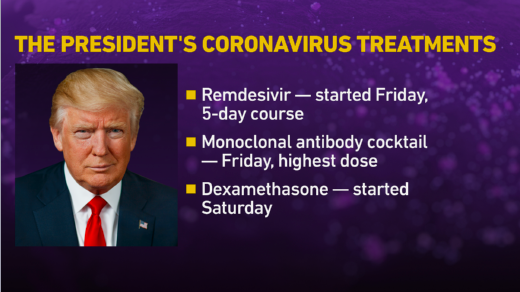
Dr. Sean Conley read a prepared statement Saturday morning saying Trump was diagnosed 72 hours ago, meaning Wednesday morning. Dr. Conley later changed the timeline to say the diagnosis was Thursday night. (2/20) 
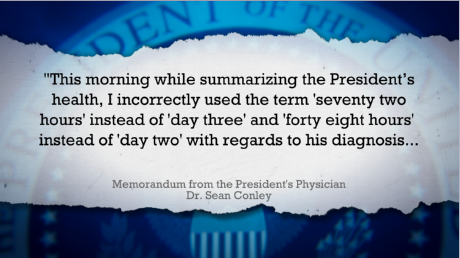
So, the timeline is still unclear, but we also don’t know the last time the president had a negative test. This is a critical detail. It allows the contact tracing of people he may have infected - and gives a clearer picture of where he is in his own disease course. (3/20)
Remember: it typically takes several days after diagnosis until symptoms become severe enough to require hospitalization. If he declined so quickly, it may mean there was a significant viral exposure -- or was infected much earlier. (4/20) 
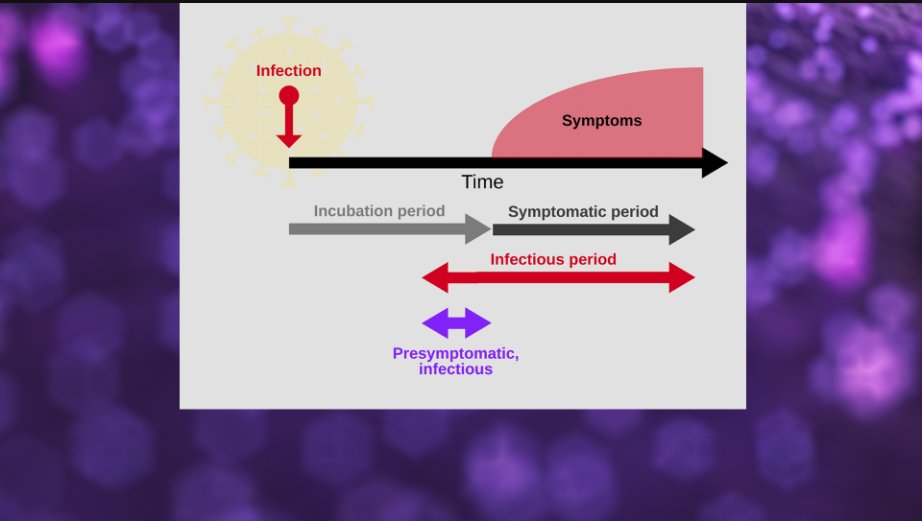
The doctors told us President Trump received an experimental monoclonal antibody therapy on Friday.(5/20)
cnn.com/2020/09/29/hea…
cnn.com/2020/09/29/hea…
He had a fever late Friday morning, and around this time his O2 levels dipped below 94%. His doctors didn't say exactly how low, but the president was briefly given supplemental oxygen at the White House. (6/20)
A similar episode occurred on Sat morning, when his O2 dropped to "about 93%." Dr. Conley didn’t say whether the president had received more supplemental O2: "I'd have to check with the nursing staff." (The President is his only patient) (7/20)
After arriving on Friday evening, the President was given his first dose of remdesivir. This is typically given to patients with low blood oxygenation levels, normal is around 95-100%. There is also no data on giving it with monoclonal antibody therapy. (8/20)
Trump was also given his first dose of dexamethasone on Saturday-- a steroid typically given to patients who are sick enough to require supplemental oxygen. It has known side effects including depression, aggression, hunger, restlessness, and headaches. (9/20)
"Our plan is to continue that for the time being," one of his doctors said. The drug reduces inflammation but also dampens the immune response. So, while it may decrease the severity of the disease, it could also possibly lengthen the duration. (10/20)
cnn.com/2020/10/04/hea…
cnn.com/2020/10/04/hea…
By Sunday, Trump's docs say he's feeling well. He's up and moving around, and they plan to discharge him as early as Monday to the WH “where he can continue his treatment course." (11/20)
He would typically need at least one more dose of remdesivir, which is an IV medication normally given in the hospital, as well as the dexamethasone, if that is continued. (12/20)
Covid-19 can affect all organ systems. But, since it is a respiratory virus, doctors were specifically asked about lung scans. Any signs of pneumonia or lung damage? "There's some expected findings, but nothing of any major clinical concern," Dr. Conley said. (13/20)
It's a dodge -- if there are signs of pneumonia, that changes the prognosis. Abnormal lung findings, episodes of low O2 and a course of dexamethasone collectively all imply something more significant than his doctors are letting on. (14/20)
If the president is discharged today, it should mean that he has no longer needed supplemental oxygen, that he has been fever free (off fever reducing meds) for at least a day and has no other evidence of worsening organ function or inflammation. (15/20)
Studies show day 7-10 are often the worst in the course of the illness. That’s why the fuzzy timeline is so important. He will also need to continue his isolation at the WH and anyone who interacts with him will need to be wearing Personal Protective Equipment. (16/20) 
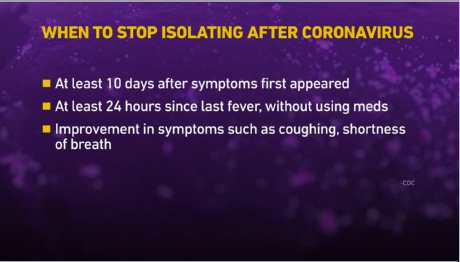
I don't question the excellent medical care being provided by these doctors -- but I do hope they keep him in the hospital long enough to recover. The doctors are painting a rosy picture, but the aggressive treatments tell a different story. (17/20)
Are they throwing the “kitchen sink” at him because he is the president or is this an indication of more serious disease? Both can also be true, but we need to hear that. (18/20)
More importantly, I hope it doesn’t suggest that they aren't being completely honest and forthright to their patient, the president. As a neurosurgeon, I know delivering tough news to a patient is one of our most challenging tasks. But, that makes it no less important. (19/20)
Once the patient knows, understands and believes the medical facts, they are far more likely to abide by the treatment plan and take the disease seriously. (20/20)
• • •
Missing some Tweet in this thread? You can try to
force a refresh

